Cut-Resistant Tungsten Wire for Stone Processing
- Details
- Category: Tungsten Information
- Published on Monday, 07 April 2025 18:42
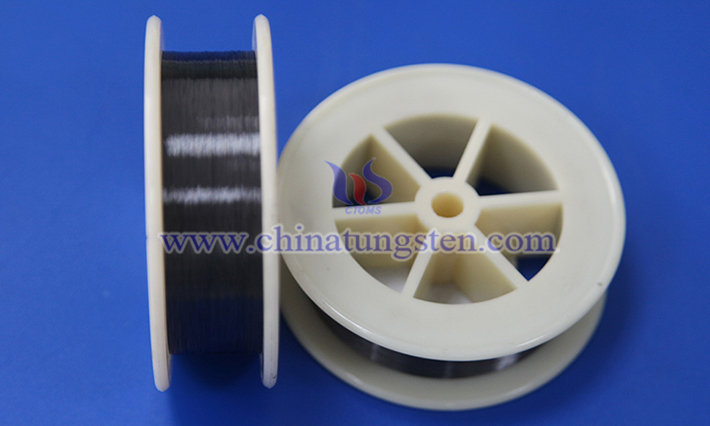
In the modern stone processing industry, efficient, precise, and durable cutting tools are crucial for improving production efficiency and product quality. With continuous technological advancements, cut-resistant tungsten wire has emerged as a high-performance material, gaining prominence in the field of stone processing. Renowned for its exceptional physical properties and chemical stability, tungsten wire has become an ideal choice for cutting hard stone materials. This article explores the characteristics, applications, and significance of cut-resistant tungsten wire in stone processing.
Cut-Resistant Tungsten Wire for Metal Cutting
- Details
- Category: Tungsten Information
- Published on Monday, 07 April 2025 18:39

Cut-resistant tungsten wire is a key material in the metal cutting domain. It is widely applied due to its extremely high melting point (approximately 3422°C), exceptional tensile strength, and high-temperature stability, particularly excelling in processing tasks that demand precision and durability.
Cut-Resistant Tungsten Wire for Glass Processing
- Details
- Category: Tungsten Information
- Published on Monday, 07 April 2025 18:37
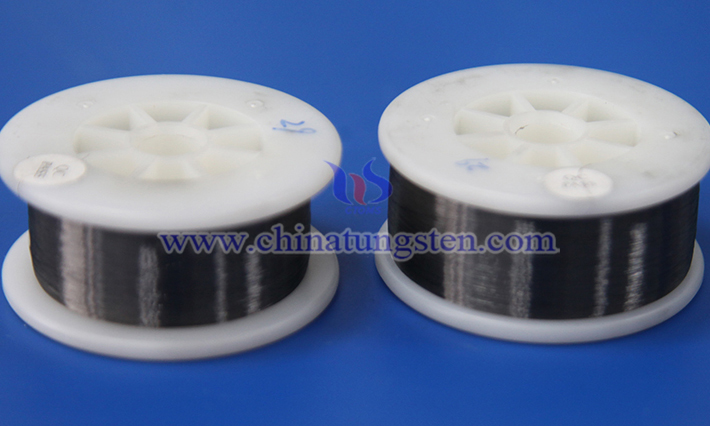
Tungsten (W) is a rare metal with an exceptionally high melting point and hardness. Its unique properties make it an ideal choice for high-precision and high-durability processing tasks. Cut-resistant tungsten wire is a fine, wire-like tool primarily made from tungsten metal. Due to its outstanding physical and chemical properties, it holds a significant position in the field of glass processing.
Tactical Gloves with Cut-Resistant Tungsten Wire
- Details
- Category: Tungsten Information
- Published on Monday, 07 April 2025 18:35
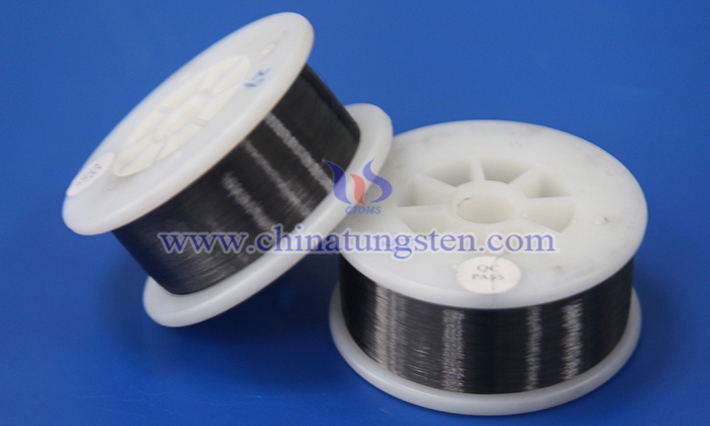
Tactical gloves, designed specifically for military, law enforcement, and outdoor activities, prioritize both protection and flexibility. In recent years, advancements in material science have introduced cut-resistant tungsten wire into the design of tactical gloves, bringing new possibilities to traditional protective capabilities.
Stab-Proof Vests Using Cut-Resistant Tungsten Wire
- Details
- Category: Tungsten Information
- Published on Monday, 07 April 2025 18:33
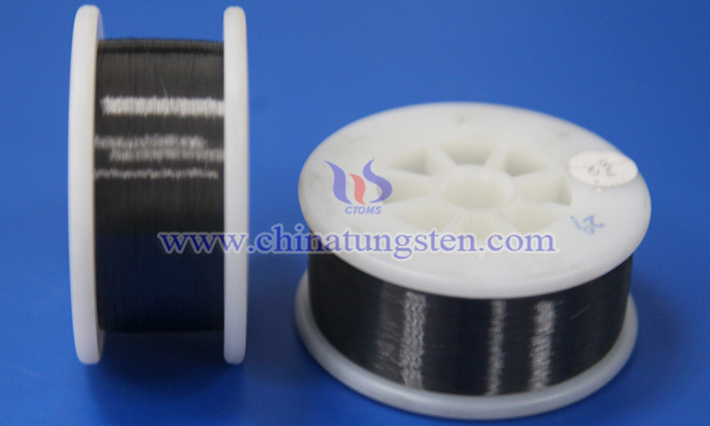
Stab-proof vests, as a vital piece of personal protective equipment, are widely used by law enforcement officers, military personnel, security guards, and individuals in high-risk occupations. Their primary function is to defend against stabbing, slashing, and chopping attacks from sharp implements such as knives and daggers.
Cut-Resistant Tungsten Wire for Protective Clothing
- Details
- Category: Tungsten Information
- Published on Monday, 07 April 2025 18:30
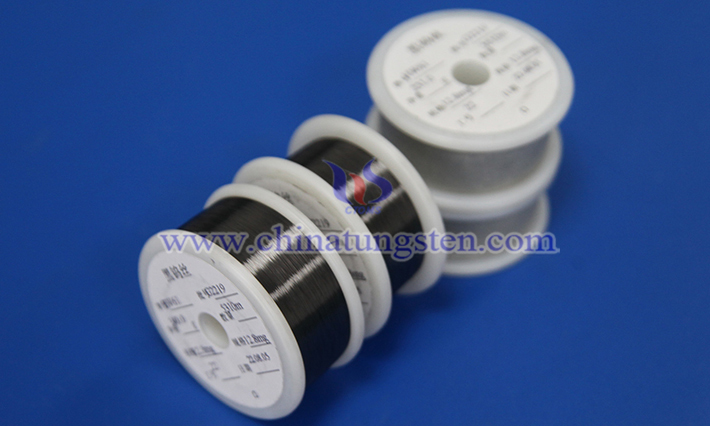
Cut-resistant tungsten wire is a material characterized by high strength, high hardness, and excellent heat resistance. Due to its outstanding physical properties, it is frequently utilized in the production of protective clothing, particularly for gear designed to withstand cutting, piercing, or high-temperature environments.
Protective Gloves with Cut-Resistant Tungsten Wire
- Details
- Category: Tungsten Information
- Published on Monday, 07 April 2025 18:27

In modern industry and daily life, the importance of safety equipment is becoming increasingly evident. Particularly in scenarios involving sharp objects or high-risk operations, protective gloves have emerged as critical gear for safeguarding hands from injury. In recent years, a novel material—cut-resistant tungsten wire—has gained traction in the manufacturing of protective gloves due to its exceptional performance, offering users a higher level of safety assurance.
What Is the Relationship Between the Crystal Structure and Properties of Yellow Tungsten Oxide?
- Details
- Category: Tungsten Information
- Published on Saturday, 05 April 2025 11:27
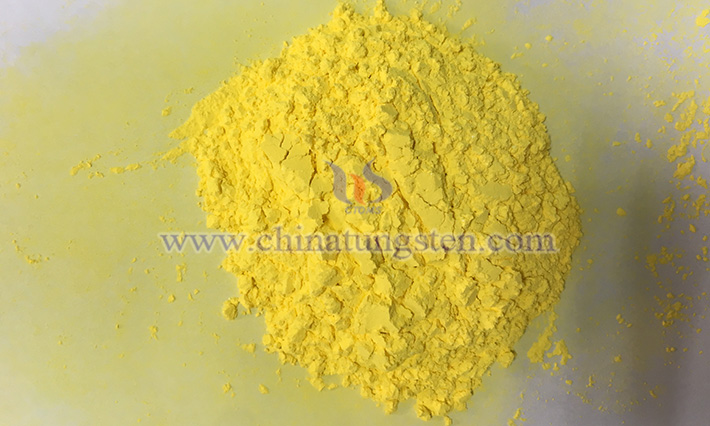
Yellow tungsten oxide (WO₃) produced by CTIA GROUP LTD leverages its unique crystal structure to exhibit exceptional chemical and physical properties, making it a vital material across various fields. Typically adopting an orthorhombic crystal structure, WO₃ features oxygen atoms arranged in a near-octahedral configuration around tungsten atoms, forming a stable three-dimensional network. This arrangement endows yellow tungsten oxide with remarkable stability, electrical properties, and optical characteristics, enabling its widespread use in electronic devices, energy storage systems, and glass applications.
The "Manipulator" Behind Yellow Tungsten Oxide Crystal Structure
- Details
- Category: Tungsten Information
- Published on Saturday, 05 April 2025 11:23
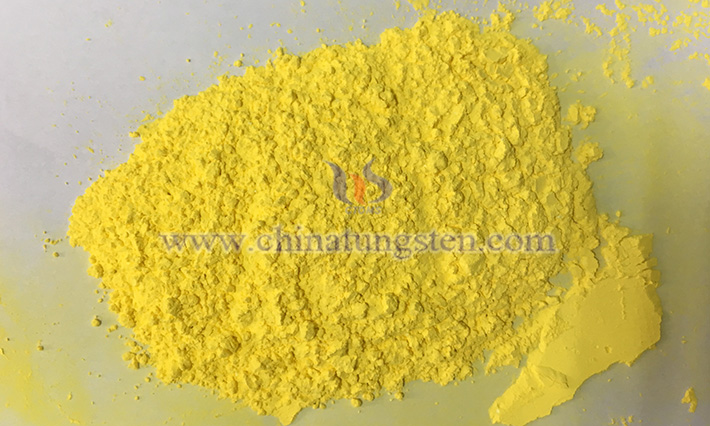
In the intricate tapestry of modern industry, yellow tungsten oxide (WO₃) produced by CTIA GROUP LTD stands out as an indispensable material, thanks to its unique physicochemical properties. This vividly yellow compound is widely utilized across various sectors, including chemical products and metallic tungsten manufacturing, serving as a critical raw material in numerous industrial processes.
What Does the Crystal Structure of Yellow Tungsten Oxide Look Like?
- Details
- Category: Tungsten Information
- Published on Saturday, 05 April 2025 11:18
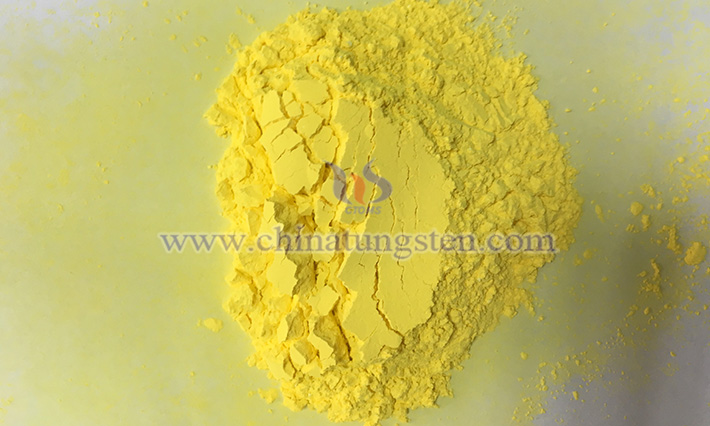
In the expansive realm of modern industry, yellow tungsten oxide (WO₃) shines as a vital yet understated star, playing a critical role across a wide range of applications. From the electronic devices we use daily to advanced fields like automotive manufacturing and aerospace, WO₃ is omnipresent.


 sales@chinatungsten.com
sales@chinatungsten.com